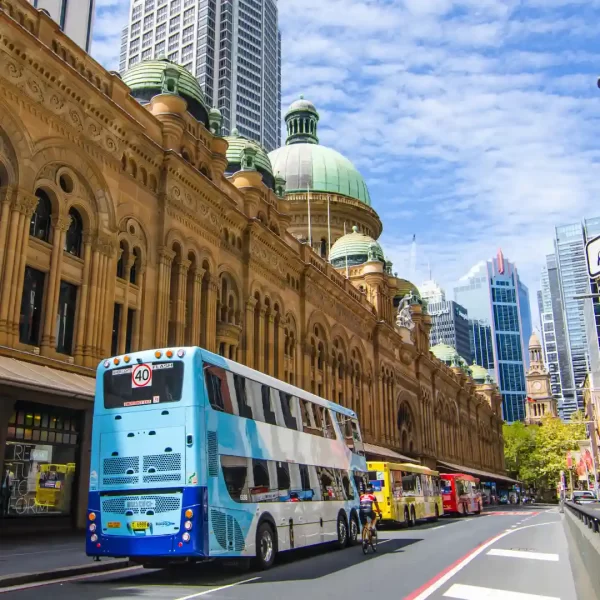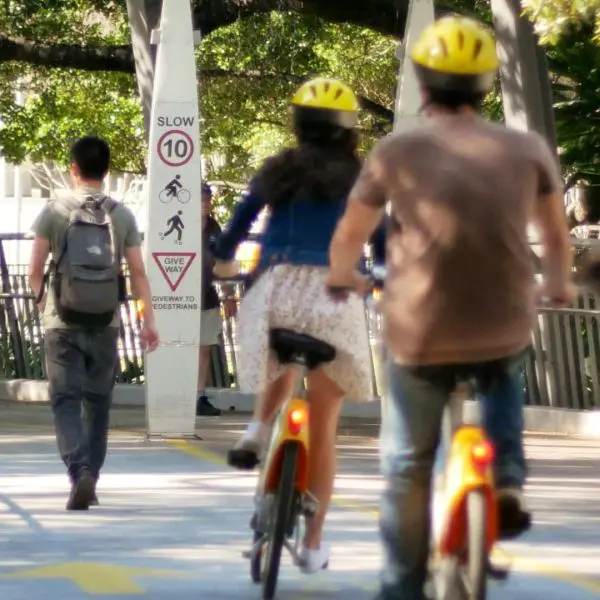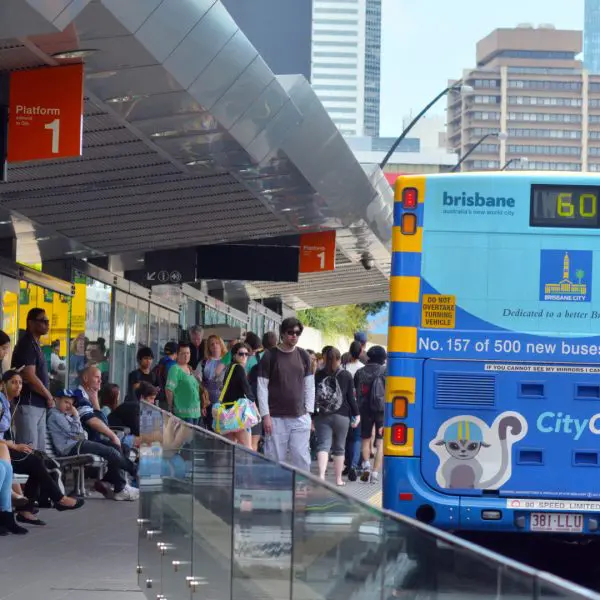
How can we make our cities and towns more sustainable?
21 March 2023
Creating more sustainable cities and towns is a challenge with which Australia and New Zealand are currently wrestling, so what policies could both countries adopt to improve the sustainability of their transport systems?
Sustainable cities and transport systems
For many cities and towns, the sustainability of the transport system is a primary focus for two main reasons:
1. Transport represents a large and growing share of emissions – Data shows the transport sector is one of the largest sources of emissions in New Zealand (second) and Australia (third). And these emissions have grown steadily over the last three decades, even as those from other sectors have plateaued or declined.
2. Transport makes a critical contribution to our well-being – Transport has direct implications on personal freedom, in addition to a range of other outcomes like health and safety, social equity, and housing affordability.
With this in mind, reducing emissions from fossil fuel-powered vehicles can be a key contributor to improving the sustainability of a city. The potential for doing so comes down to two primary paths: reducing the quantity of vehicle travel and/or reducing the carbon intensity of vehicular travel.

New Zealand’s Emissions Reduction Plan
The first target seeks to reduce the quantity of vehicle travel, whereas the second and third targets seek to reduce the carbon intensity of vehicle travel.
“The ERP provides a useful case study for this discussion because it highlights some of the challenges that will face other countries, like Australia, where the policy frameworks for tackling emissions from transport are still being developed,” says VLC Executive Consultant (Sustainable Cities) Stuart Donovan.
Specifically, at the time of writing New Zealand appears to be making progress towards the second and third targets. That is, battery electric vehicles, for example, now make up 15% of new light vehicle sales in New Zealand (versus 3% in Australia)—aided and abetted by policies that reduce their costs. Similarly, the New Zealand Government has established an obligation for fuel retailers to steadily reduce the emissions intensity of their fuels.

The big policy question mark, however, is the first target. In the last two decades, total VKT by light vehicles has increased by approximately 9%. In the same period, New Zealand’s population has grown more than twice as fast, such that per capita VKT (again, by light vehicles) has fallen by about 14%.
“On balance, this data suggests to me that New Zealand has started to turn the corner on reducing VKT per capita but that the rate of change is currently too slow to reduce total emissions,” says Stuart.
So, what policies can we adopt to reduce emissions from transport, especially the component associated with reduced VKT? In the table below, VLC’s Stuart Donovan touches on several policies and their effects on VKT in specific scenarios:
| Theme | Policy | Scenario | VKT (%) |
|---|---|---|---|
| Prices | Carbon price | NZU price increases from $80 to $140 per unit by 2035 (that is, $5 per unit p.a.) | -1.1% |
| Parking prices | Real implicit (monetary and non-monetary) price of parking in urban areas increases by 2% p.a. | -9.5% | |
| Congestion prices | Congestion pricing schemes implemented in Auckland and Wellington ($6 per vehicle per day) | -1.1% | |
| Land use | Upzone accessible areas | Policies upzone accessible areas to allow significantly higher density (1% higher density p.a.) | -2.2% |
| Allow mixed use zoning | Policies allow mixed residential and commercial development (non-work trip lengths fall 1% p.a.) | -4.5% | |
| Transport | Shift to PT | Investment in PT causes PT patronage to grow by 3% p.a. more than business-as-usual scenario | -0.7% |
| Shift to walk/cycle | Investment in causes use to grow by 3% p.a. more than business-as-usual scenario | -1.0% | |
| Total | -20.52% | ||
“I have focused on these policies because they have all either been adopted—for example, the ETS and, to a certain extent changes in parking and land use policies—or recently featured in policy discussions,” says Stuart.
As one might expect, there is a wide-range of other policies that could be layered on top of the ones featured above, which have been the subject of recent research. Nevertheless, what is striking about the policies considered above is the relative effectiveness of parking prices and land use policies.
The main reason for this is that these policies affect a relatively large proportion of vehicle travel across a relatively wide area, compared to more focused policies, like congestion pricing. Parking prices are especially effective because they have a direct short-run effect on VKT as well as a medium to long-run effect on vehicle ownership. The latter channel appears to be significant and lead to further, significant reductions in VKT.
“When reflecting on opportunities for other places Australia, these results are interesting because they highlight that some policies, like mode shift, are somewhat less important to reducing carbon emissions from transport,” says Stuart.
This is not to suggest that these policies may well be worth pursuing for many other reasons, but rather that we should not overstate their contribution to reducing transport emissions compared relative to other potential policy instruments.


